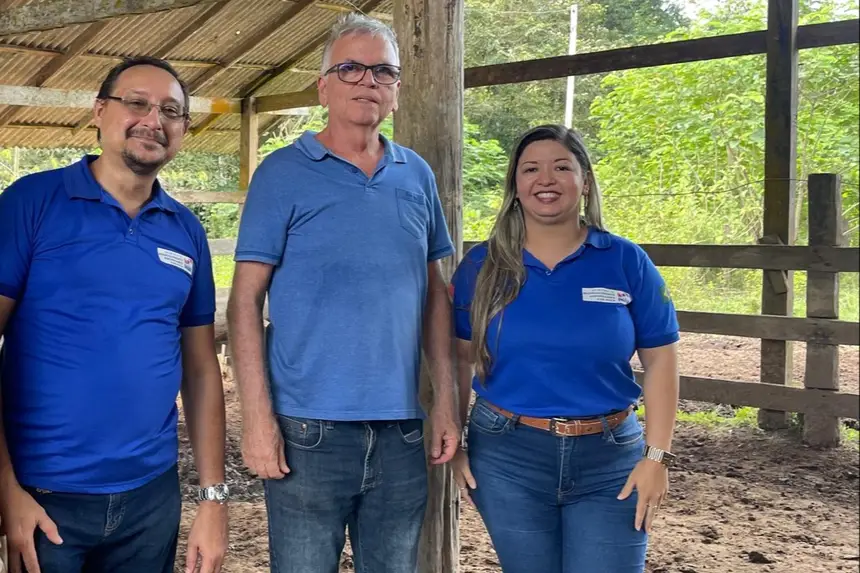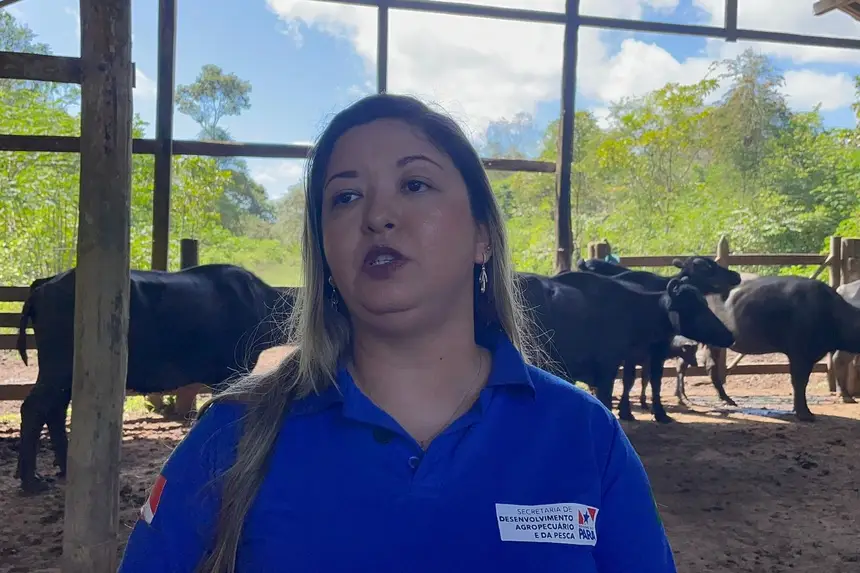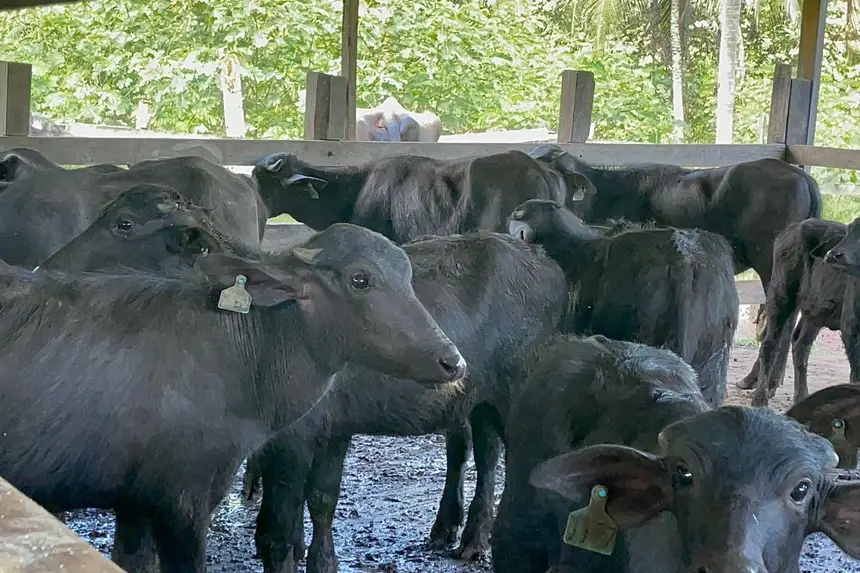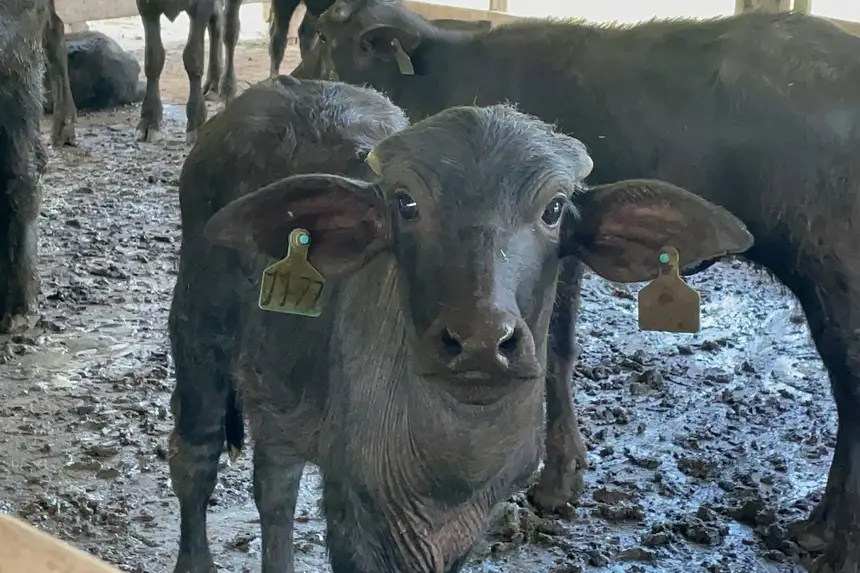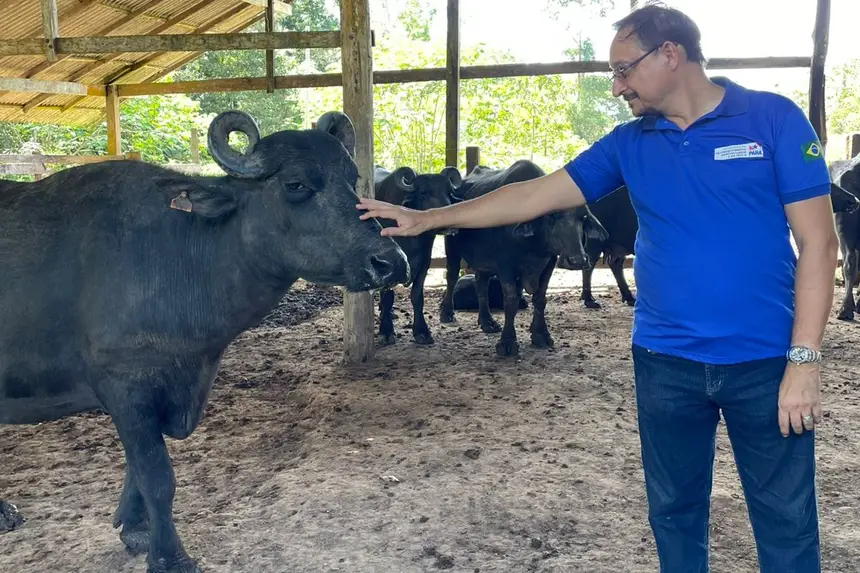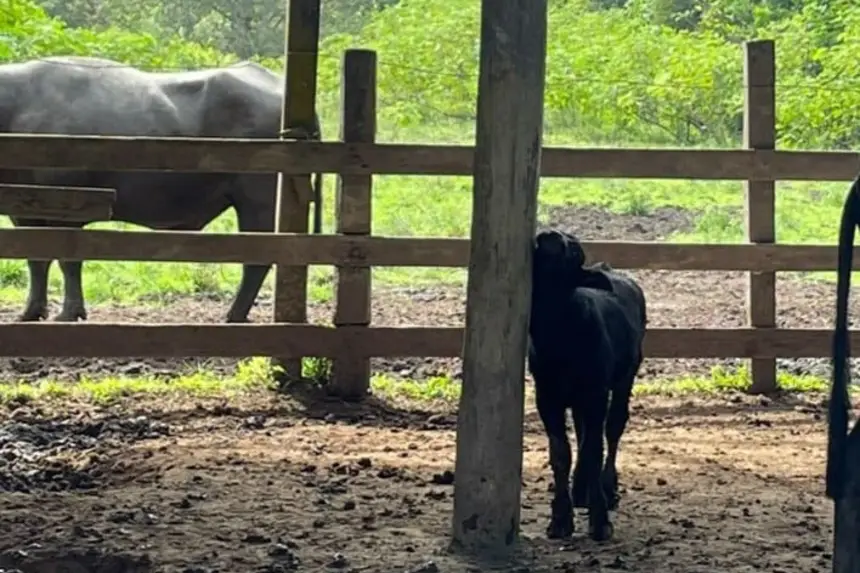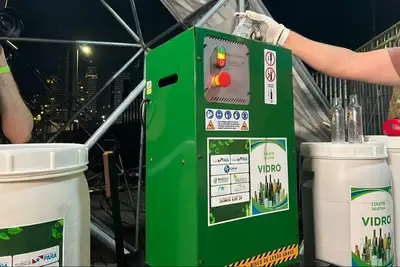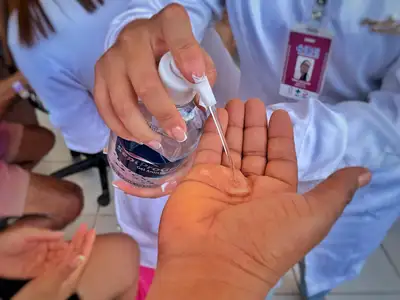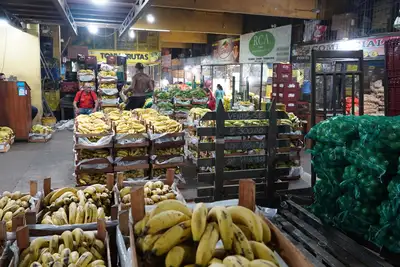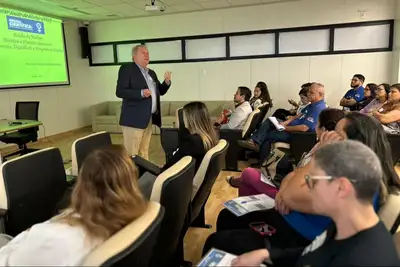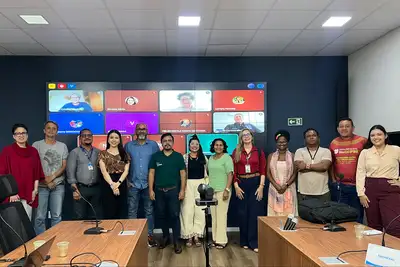Sedap technicians monitor dairy training activities in Abaetetuba
The visited property will be one of the participants in the Dairy Tournament, which will be held in July in Cachoeira do Arari. The event will have the support of the department.
In the municipality of Abaetetuba, in the Tocantins Integration Region, more precisely at Fazenda Paraíso II, located in the Curuperé-Mirim community, there are about 100 buffaloes that were transferred from the municipality of Cachoeira do Arari (from Fazenda Paraíso), in Marajó, and have adapted well to the climate and food conditions. Last week, technicians from the Animal Production Coordination (Copan), of the Secretary of Agricultural Development and Fisheries (Sedap), were on site to monitor the training activities in milk control of these animals, which originate from biotechnologies (Fixed Time Artificial Insemination – IATF and in vitro produced - PIVE).
The development of this chain is one of the flagship works of the institution, through the Animal Genetic Improvement Program, aimed at the Marajó archipelago and also for other integration regions where the activity is developed.
The buffaloes from Fazenda Paraíso, according to the veterinary doctor from the department, Anelise Ramos, provide high milk production – from 9 to 10 liters per milking. Although they are from different regions, in Abaetetuba they have adapted well to the climate and pasture. The property will be one of the participants in the fourth edition of the buffalo dairy tournament that will be held in the first week of July this year, in the municipality of Cachoeira do Arari and will receive support from Sedap.
“These animals underwent IATF and embryo reproduction, as they are animals that have a high milk production and in Marajó there is a dry season, when the grass becomes weaker, producers bring them here to this region (Abaetetuba) where the animals have better nutrition and do not have that drop in productivity; the buffalo is easily adaptable. Since this is a region that has better food exposure, they adapt faster,” explains the specialist.
At the property, there are calves originating from biotechnologies (artificial insemination or PIVE). The advantage is that the female – which on average has one calf per year – can have more than one reproduction.
“These animals are genetically better, the weight gain is better. They are more robust (larger) animals. Milk production can increase; the producer benefits in the dairy sector,” he evaluated.
Selection- According to the owner of the farm, João Rocha, who is president of the Pará Association of Buffalo Breeders of Marajó, the animals with the highest production, both in milk and in weight for meat, were selected in Abaetetuba. A work of herd identification is done to improve genetic quality on site.
“The buffaloes from more productive families come here, both for milk and meat, to access better quality pasture, with a better climate compared to Marajó, where there is wear and tear. We explore the maximum of buffalo farming, the dual purpose that the buffalo has,” he noted.
The animals weigh at least 500 kilograms. According to him, some reach up to 800 kilograms. “We once had a bull that weighed up to 1,050 kilograms. We always seek to evolve. The father of the bull was from the property of Roberto Fonseca, a traditional breeder in the state; it weighed 980 kilograms. We always seek to increase productivity, in relation to families with their offspring, always surpassing the parents,” adds the breeder.
The quality of buffalo milk is unmatched, as João Rocha argues. It is one of the most well-utilized products both nutritionally and for the industry. The milk has 40% more yield than cow's milk, he reported.
“This has a great impact on dairy products. The yield of its products improves significantly, in addition to the magnificent flavor of buffalo milk, the color is quite different. It is much whiter than cow's milk, which is more yellowish,” Rocha assured.
Support- The department supports the producer to ensure access to technologies such as reproduction through genetic improvement, according to veterinarian Augusto Peralta, who is part of the Copan team. In the specific case of the visited farm, as he highlighted, the positive results are visible.
“Sedap works in support and encouraging the producer to have better conditions and access to technologies like IATF; and seeing this technology yielding results, you have production and quality food on the table of the Pará consumer and thus also export,” he said.
On average, with the use of technology, milk production has a considerable increase, as Peralta observed. “We manage to have quality; before an animal produced five to six liters of milk; today the average is 10 to 15 liters of milk; with access to genetic improvement, the producer, especially the marajoara, can have better conditions of incentive, through the productive chain and achieve sustenance and employment,” he emphasized.



